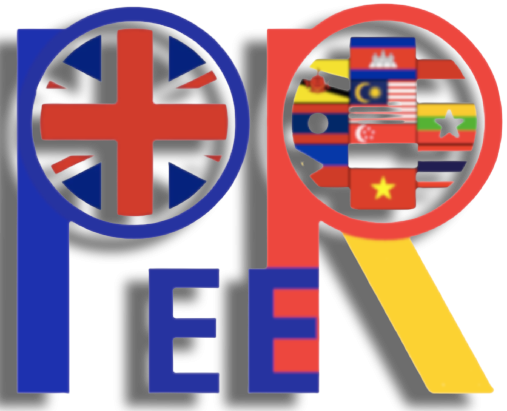Themes
Overarching Research Questions
Combining British and Asian perspectives and theoretical resources from HE research and international relations fields, this mixed-method study examines these overarching questions:
- What model of partnerships and types of UK TNE and collaborative research have been prioritised to date and how do they compare across East Asian countries?
- How and by whom are quality and inclusion in partnerships defined and implemented?
- How do the current UK-East Asia partnerships serve to inform future initiatives?
- Which actors, ideas and principles will form and drive UK-ASEAN regional partnerships in a post-Brexit and post-pandemic era?
What We Focus on
Four Strands of Issues
1. HE internationalisation
- What models of partnership, types of TNE and R&I collaboration have been prioritised and sustained to date?
- What are the similarities and differences in the models of partnerships in the sub-sectors of HE, VET, R&I across East Asian countries, and why?
- How can the current UK-East Asia partnerships inform future initiatives? What role will UK HE and their Asian partners play in weaving and shaping alternative futures?
3. Diversity and inclusion
- How might boundaries of a region (ASEAN) be open to change as a result of interactions, new discourses (e.g. UK partnerships in an ODA context and SDGs) and shifting functional needs (e.g. post-Brexit, post- COVID measures) for mutual benefits?
- To what extent can inclusion of countries (ODA), HEIs/FE colleges, and individuals (e.g. femal researchers, early career researchers, students of disadvantaged socio-economic background) be increased in UK-East Asia education and research partnerships?
- How effective are the diversity and inclusion policies adopted at the TNE programmes or in research projects in creating equal opportunities for individuals?
2. International Relations and HE Sectoral Regionalism
- Which actors are key and active in UK-East Asia regional, multilateral, and bilateral partnerships? How can we map the constellations of those actors ? (e.g. regional agencies, governments, HE leaders, academics, students, professional staff, academic diasporas, alumni)?
- What are the institutional arrangements that have been adopted, agreed or changed for the partnerships in question?
- What are the ideas and principles that may form and drive the UK-East Asia future regional partnership initiatives? How are education partnerships linked to diplomatic/ trade relationships between the UK and East Asia at regional and national levels?
4. Impact of COVID-19 on all the above with a focus on emerging opportunities for future partnership initiatives
- In which ways have UK TNE programmes innovated their pedagogies, forms of assessment, adapted teacher retention strategies, tackled inequalities in access and attainment, and improved graduate employability?
- How do UK TNE programmes handle the recognition and quality assurance issues with the authorities in the UK and in the East Asian countries before and during the pandemic?
- What emerging priorities create opportunities for which models of UK-East Asia partnerships and in which sectors (HE, VET, R&I) in a post-pandemic era?
What We Contribute to
By investigating the diversity and inclusivity of state and non-state actors within the partnerships and exchanges between the UK and 15 East Asian countries and territories, we attempt to contribute to the future variegated higher education regionalism and multilateral partnerships in the post COVID-19 era.

